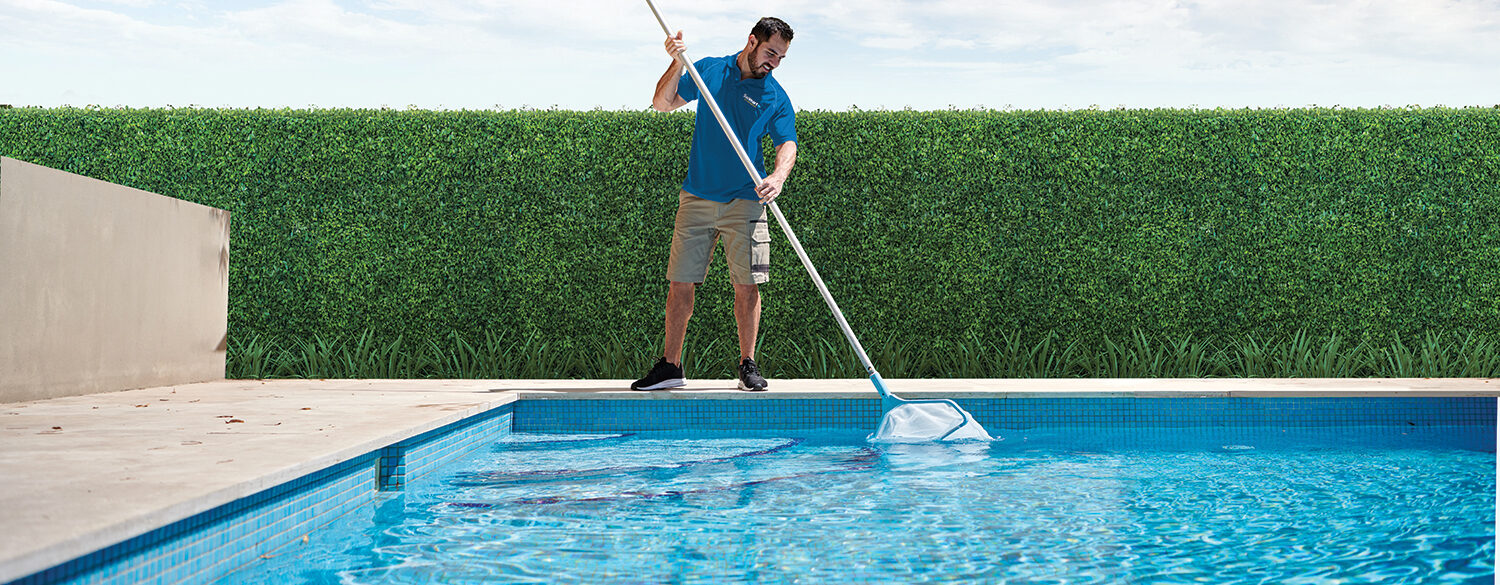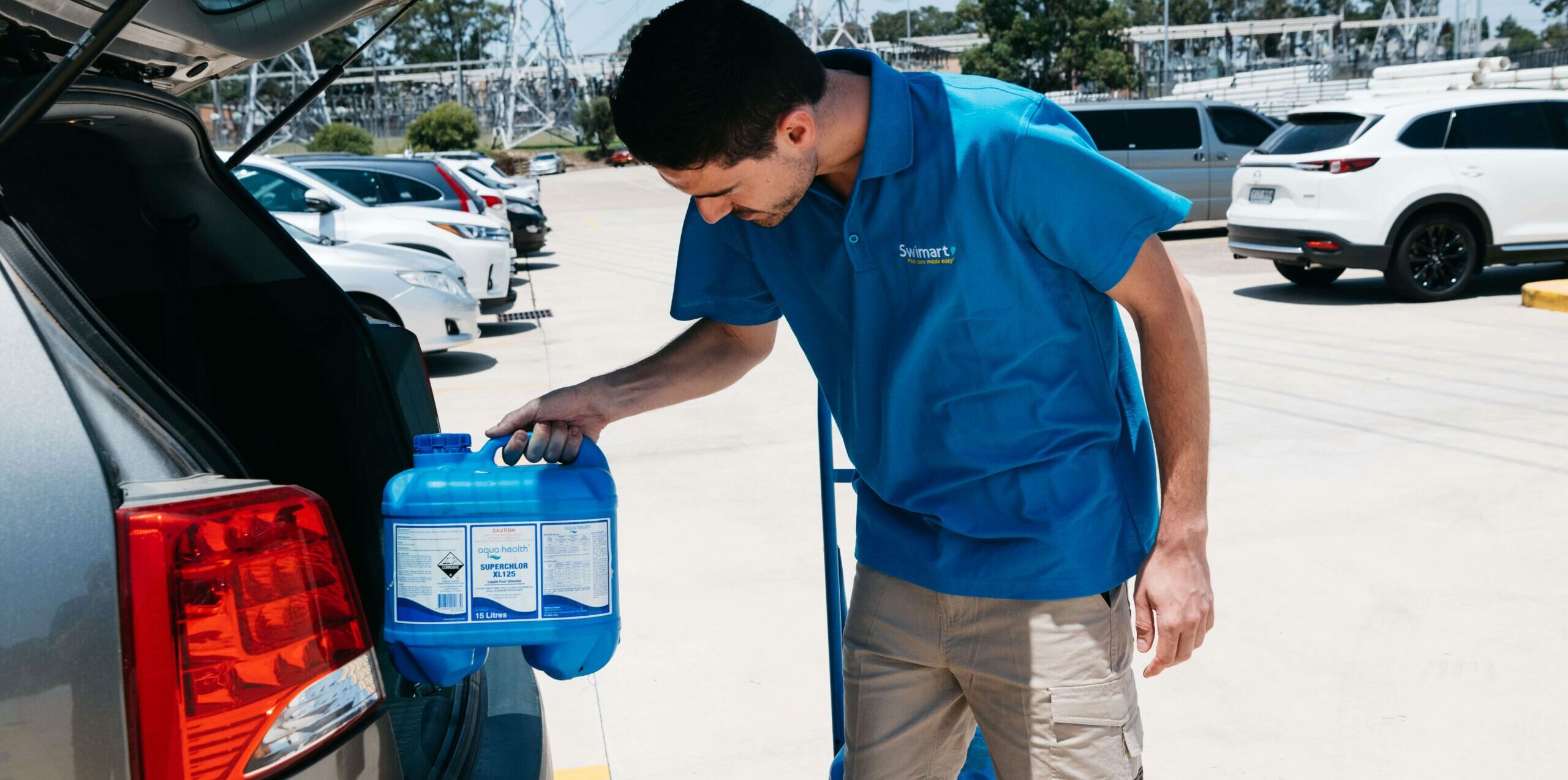DIY Tips
Water Saving Tips
11 April 2012
As we face a very dry summer, it’s important we conserve our most precious resource: water. Pools are not huge water-wasters as some people believe, in fact, they can account for less than 10% of the annual household water used in many parts of the country.
Water saving tips
Saving that precious H2O
However, it is still a good idea to be aware of ways to save water in and around your pool. Swimart has some hints on keeping outdoor water wastage to a minimum.
Keep it clean
Keep your pool properly filtered and chemically balanced. This will reduce the need to empty and refill the pool because of an algae infestation. Emptying and refilling your pool is a huge water waster; checking that all your pool cleaning equipment is working correctly will help you avoid this scenario.
“Swimart offers a pool filter check service,” says Chris Fitzmaurice, Swimart’s Australasian manager. “So if you don’t think your filter is working as efficiently as it could be, book a service.”
Regularly cleaning the pool will also reduce the need for backwashing your filters so frequently. Backwashing requires the use of additional water, so the less you need to backwash your filter the better. But don’t neglect it completely; it is still a necessary element of keeping your pool clean. If you must backwash your filter, reuse the water by watering your lawn or shrubbery.
Reduce evaporation and water loss
Using a pool cover when your pool is not is use can prevent evaporation by up to 98 per cent. In summer, an average pool can lose up to 2.5cm of water a week, which adds up over time to a huge amount of water waste. Swimart has a great range of Daisy pool covers for pools of all sizes and shapes; check them out at your local store today.
Another way to lower water loss due to evaporation is to lower the temperature of your pool if it is heated. This will also cut electricity costs. It’s the little things like checking the plumbing and pipe joiners for leaks and discouraging rough play in the pool that will save more water than you realise.
“One thing you can do is keep your pool’s water level only halfway up to the skimmer opening,” says Chris. “This prevents water loss from splashing. It’s also a good idea to enforce a ‘no bombing’ rule to keep all the water in the pool.”
Optimise your garden design
The evaporation rate from an outdoor pool varies, depending on the pool’s temperature, air temperature, humidity, and the wind speed at the pool surface. The higher the pool temperature and wind speed and the lower the humidity, the greater the evaporation rate.
In addition to pool covers, evaporation can be reduced in a number of other ways, such as adding a windbreak like trees, shrubs or a fence. The windbreak needs to be high enough and close enough to the pool that it doesn’t create turbulence over the pool. This will increase evaporation. You also don’t want the windbreak to shade the pool from the sun, which obviously helps to heat it.
The garden is the best area to target when it comes to water saving. Planting appropriate plants can reduce the need for high-maintenance frequent watering; although you might lean towards more exotic plants for around the pool, Australian natives are more suited to the climate than the overseas varieties and are less thirsty. If you already have established a nice set of non-native plants, don’t start digging them up; by watering them deeply and less frequently rather than frequently and lightly, it will help the plants’ ability to live without water for longer periods.
It is also good to remember that more plants die from over-watering than under-watering, so only water your garden when it’s necessary.
Swimart’s 10 point water management plan:
- Keep pools properly filtered and chemically balanced.
- Ensure the water level is only half way up the skimmer opening.
- Regularly clean the pool, skimmer box and other collection points.
- Keep animals out of the pool.
- Install a pool cover to reduce evaporation and the need for filtering.
- Ensure pool equipment is working correctly.
- Discourage excessive splashing, such as ‘bombing’.
- Check the plumbing around valves and pipe joiners for leaks, especially in older pools.
- Siphon off excess water after rain, and pour on areas not touched by the rain, such as plants under eaves or larger trees.
- Upgrade your filter to a more water-efficient model, such as a cartridge filter.


 AUS
AUS NZ
NZ 


